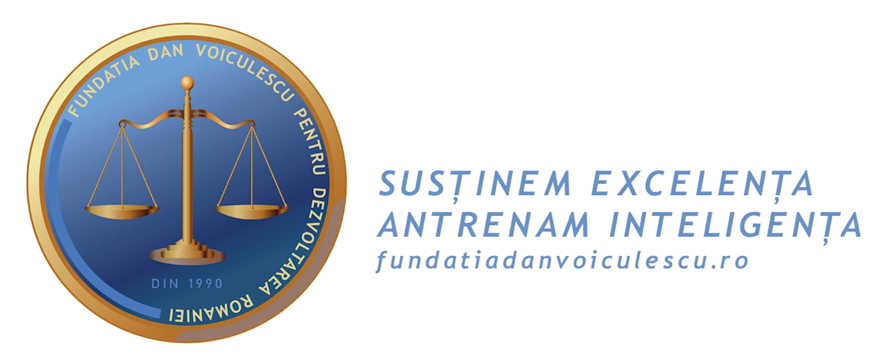- According to recent research, 5-10% of the world's population is gifted (ref. Roberta Braverman, the vice president of the New Jersey Association for Gifted Children), with some extremely gifted (only 2% of the world's population). According to Romanian psychologists, the percentage of those at the top of the Gauss curve is close to 4% (vs. 2% worldwide) of the total population.
- A huge number of highly gifted children are gifted underground, hiding their qualities in order not to be punished by their social environment and to be accepted in the community. The percentage of gifted underachievers - who despite their natural abilities and qualities perform poorly in school - is also enormous. Worldwide statistics show that more than 50% of high ability children do not succeed socially or professionally as adults (source: National Commission for Excellence in Education, US).
- In fact, it is clear that this group of children is among the most at risk in society. The educational system continuously discourages more than 40% of high ability children, namely spatial visual learners, who have a functional dominance of the right cerebral hemisphere. They think in pictures while the formal system uses words which spatial visuals have to convert into pictures, think in pictures, then transcribe the result into words to be evaluated in words.
- For these reasons they become children with a major educational risk in classical systems based on exposure and memorization, although ironically spatial visuals have the greatest creativity/inventiveness, characterized by a complex and dynamic, critical and lateral intelligence and finally form people who add real value to the system by developing solutions, innovations and technologies in science or art.
- The last 25 years have shown that economic, social and cultural development is directly dependent on the development of gifted & talented children's education and the use of their capabilities at national level as the spearhead of development.
- Highly gifted and talented children who are not integrated into an initial educational system, and later into an economic, management or political system, emigrate to countries that offer them opportunities for success. Those who are integrated make an essential contribution to local development at all levels.
- History has shown us many times that society has recognised the values of people of high ability, but generally with great delay, sometimes decades or hundreds of years after their death. Examples are Von Neumen, Gauss, Gaulois, Mendel, Mozart, Vivaldi, Van Gogh, Da Vinci or more recently Ramanujan, Sidis, Eminescu
– Modern times have discovered through gifted education the recognition and promotion of ideas and people in real time.
Official statistics show that 4% of children born each year in Romania are - what is called - gifted. - year 2013
According to recent research, 5-10% of the world's population is gifted (ref. Roberta Braverman, Vice President of the New Jersey Association for Gifted Children), among them some with extremely high abilities (only 2% of the world's population). According to Romanian psychologists, the percentage of those at the top of the Gauss curve is close to 4% (vs. 2% worldwide) of the total population.

